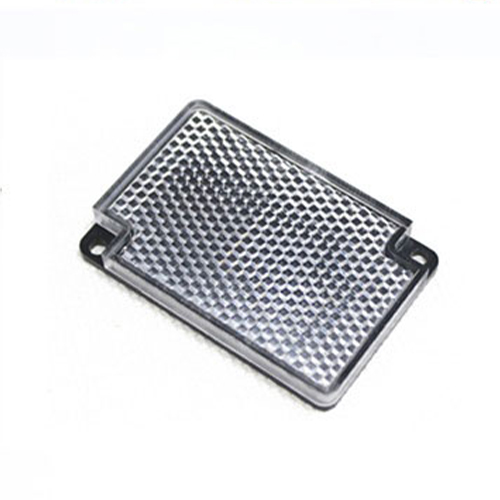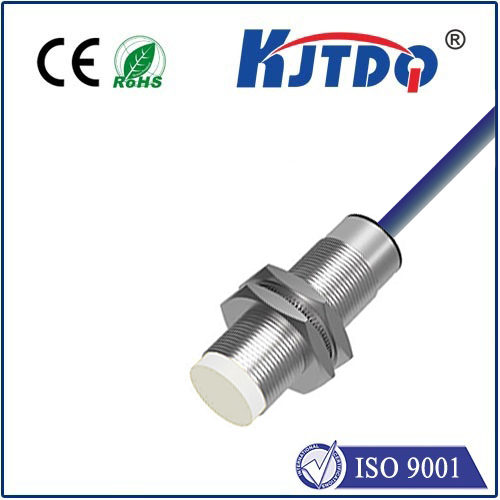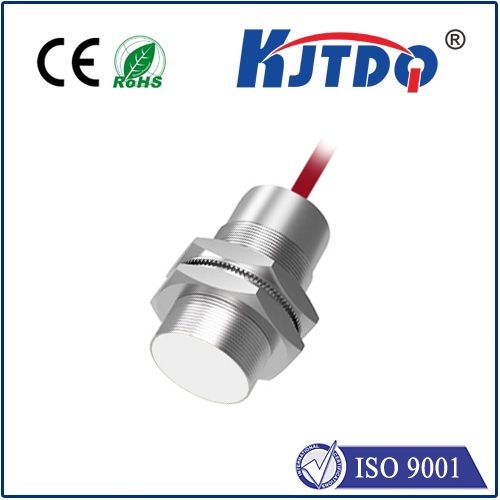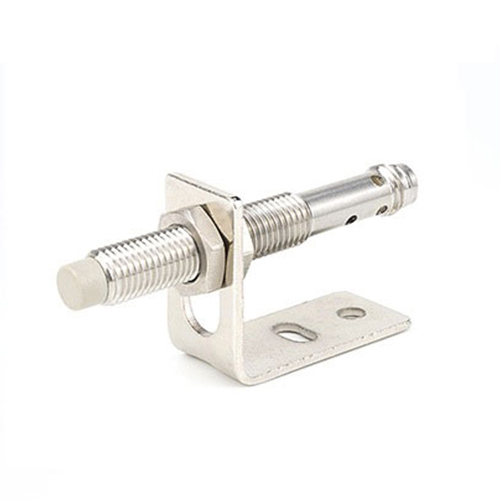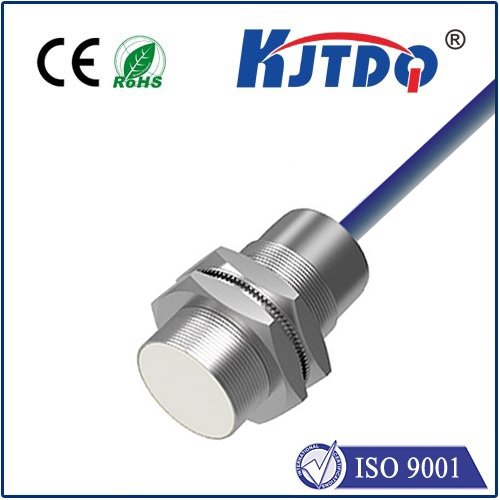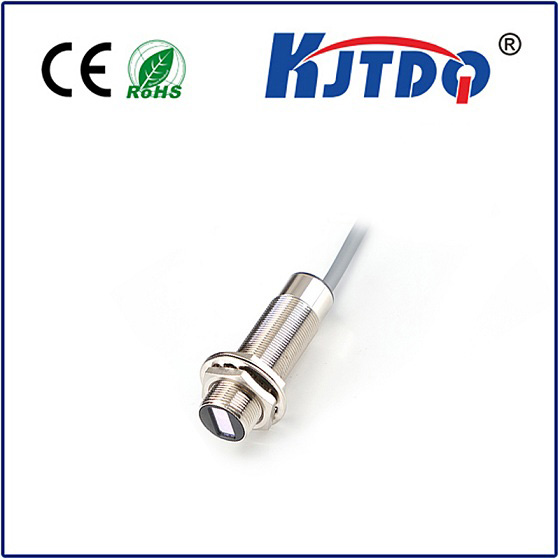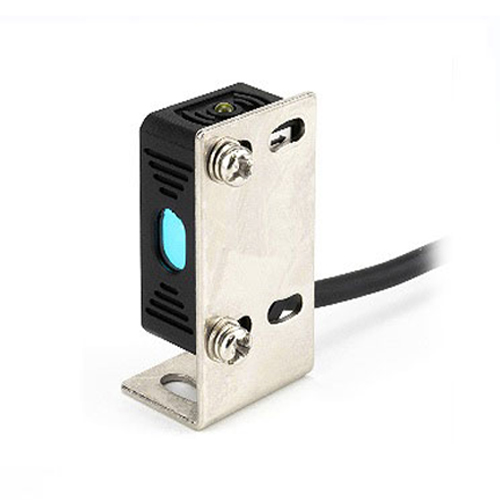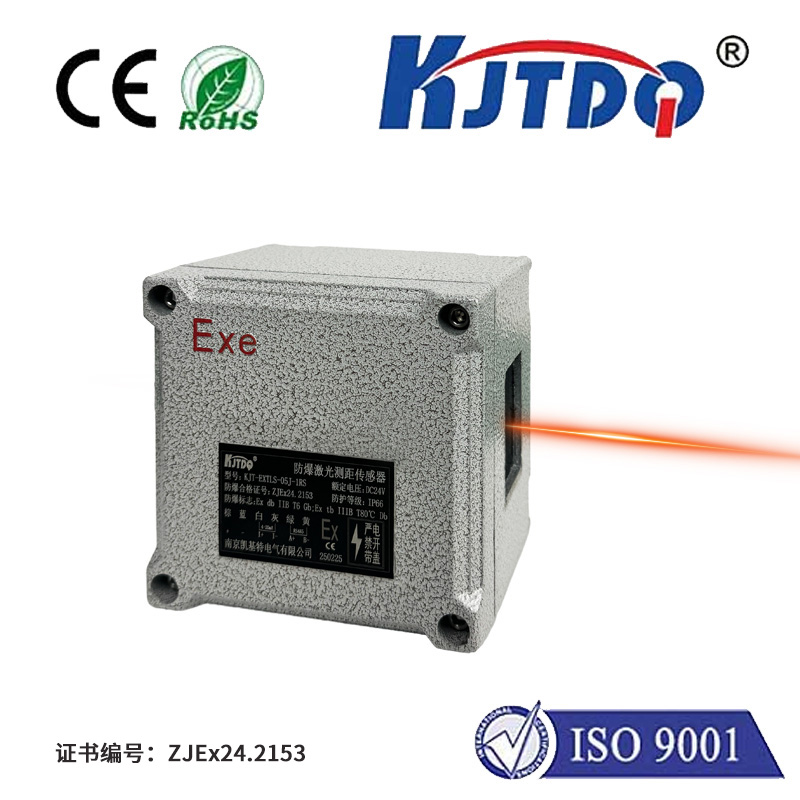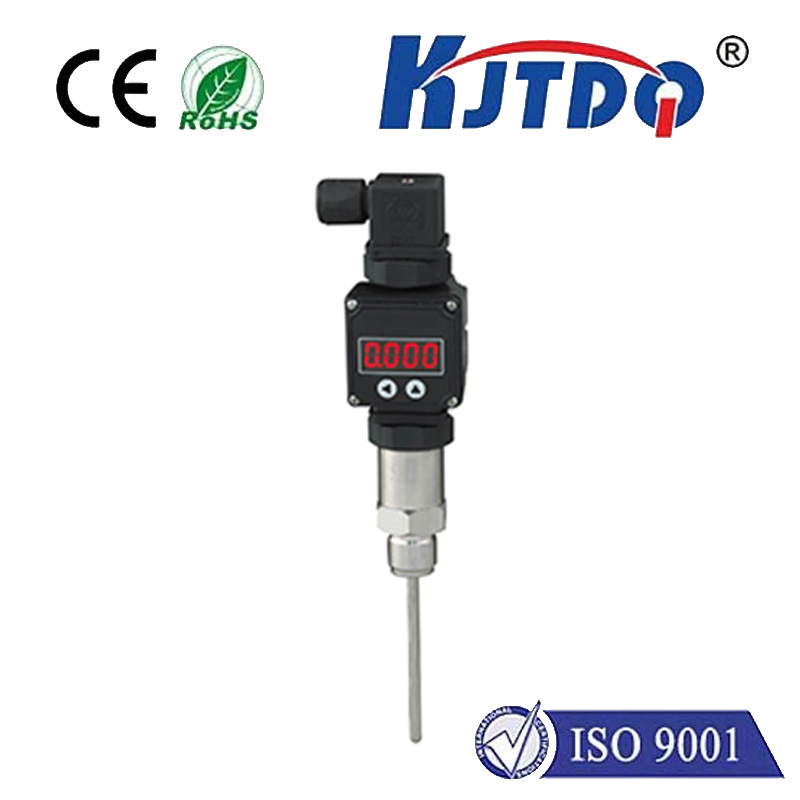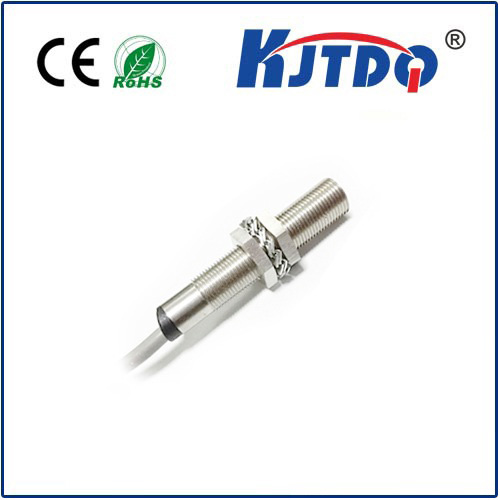BES0306 proximity sensor
- time:2025-10-14 03:01:19
- Click:0
Beyond Contact: Exploring the Precision World of the BES0306 Proximity Sensor
Ever wish your machines could simply “sense” a part arriving, a door closing, or a robot arm nearing its limit, without needing physical touch? This seemingly futuristic capability is the everyday reality enabled by proximity sensors, the silent guardians of modern automation. Among these crucial components, the BES0306 proximity sensor stands out as a beacon of reliable, inductive-based detection for countless industrial applications. Understanding how this specific sensor works and where it excels unlocks potential for smoother operations, enhanced safety, and refined control systems.
Decoding the “Proximity” in Sensing
At its core, a proximity sensor is an electronic device designed to detect the presence or absence of an object within a specific range without requiring physical contact. Imagine it as an invisible “touchless” switch. These sensors achieve this through various physical principles: ultrasonic waves bouncing back, capacitive fields sensing material differences, optical beams interrupted, or – in the case of the inductive BES0306 – the power of electromagnetic fields.
Why the BES0306 Stands Out: Inductive Sensing Power

The “BES0306” designation signifies a particular inductive proximity sensor model. Inductive sensors are specifically engineered to detect metallic objects. Here’s a simplified breakdown of how the BES0306 proximity sensor achieves this remarkable feat:
- The Oscillator & Coil: Internally, it houses an oscillator circuit that generates a high-frequency electromagnetic field radiating from a wire coil at the sensing face. This field is constantly searching.
- Eddy Current Disruption: When a metallic target (like steel, aluminum, brass, etc.) enters this electromagnetic field, it induces tiny circulating electrical currents called eddy currents within the metal itself.
- Detection Trigger: These eddy currents draw energy from the sensor’s oscillator circuit. This loss of energy causes the oscillation amplitude to decrease.
- Signal Processing & Output: Sophisticated circuitry within the BES0306 monitors this amplitude change. Once the change surpasses a predefined threshold (indicating the target is within its nominal sensing range), the sensor triggers its output signal.
- Reliable Switching: This output signal (usually a Digital Switching Signal like a PNP transistor or NPN transistor configuration) changes state – typically switching ON or OFF. This signal is then fed to the control system (like a PLC - Programmable Logic Controller) to trigger actions: stopping a conveyor, counting parts, confirming a cylinder position, or activating an alarm. The BES0306 proximity sensor essentially provides a crucial binary input: “Target Present” or “Target Absent.”
Where Does the BES0306 Shine? Applications Galore
The inherent robustness, non-contact operation, and speed of inductive sensors like the BES0306 make them indispensable across numerous demanding environments:
- Factory Automation & Assembly Lines: Precisely detecting the presence of metal parts on conveyors, confirming correct component placement, monitoring feed rates, and verifying robotic gripper closure.
- Packaging Machinery: Ensuring consistent filling levels by detecting metal containers, verifying cap presence on bottles, and triggering labeling operations.
- Material Handling Systems: Detecting pallets or trolleys at transfer points, confirming elevator car positioning, or signaling the start/end position of automated guided vehicles (AGVs).
- Machine Tools & CNC Equipment: Providing end-of-stroke detection for hydraulic or pneumatic cylinders, verifying tool presence in the spindle, acting as a reference point for axis homing routines, and confirming workpiece clamping mechanisms are secure.
- Automotive Manufacturing: Used extensively in welding robots to confirm fixture closure, detecting pistons or shafts in engines during assembly, and ensuring safety gates are closed before machinery operates.
- General Machinery Safety: Acting as position sensors to guarantee guards are correctly closed, preventing machine operation if access doors are open – a critical safety component.
The Compelling Advantages of Choosing BES0306 Proximity Sensors
Opting for a reliable inductive sensor like the BES0306 proximity sensor delivers significant benefits:
- Contactless Operation: Eliminates mechanical wear and tear associated with physical switches, leading to dramatically increased lifespan and reliability.
- High-Speed Detection: Capable of detecting objects moving at very high speeds, making them ideal for modern, fast-paced production lines.
- Durability: Built to withstand harsh industrial environments – resistant to dirt, dust, oil, vibration, and moisture (often rated IP67 or higher).
- Long Service Life: With no moving parts to wear out (except maybe seals over very long periods), they offer exceptional longevity.
- Repeatable Accuracy: Provides highly consistent and dependable switching points cycle after cycle.
- Operational Safety: Enables safer machine control by allowing detection without physical interaction, isolating control systems from hazardous environments.
- Relatively Simple Integration: Typically featuring standard mounting threads (like M8 or M12) and plug connectors, along with straightforward wiring configurations (PNP/NPN, Normally Open/Normally Closed), makes integrating the BES0306 into existing systems efficient.
Key Considerations for Effective BES0306 Integration
To harness the full potential of the BES0306 proximity sensor, engineers and technicians should keep these points in mind:
- Target Material: Remember, inductive sensors detect metals, but sensitivity varies. Ferrous metals (like iron, steel) are detected at the full nominal sensing range. Non-ferrous metals (aluminum, copper, brass) generally have a reduced sensing range. The specific BES0306 specifications will detail this reduction factor.
- Target Size & Shape: Smaller targets might require positioning closer to the sensor face than the nominal range suggests. Ensuring the target is large enough within the sensing field is crucial for reliable operation.
- Installation Environment: While robust, be mindful of extreme temperatures, strong magnetic fields, or welding currents nearby, which could potentially interfere. Consult the BES0306 datasheet for environmental ratings.
- Output Configuration: Ensure the chosen BES0306 model has the correct output type (PNP/NPN) and switching logic (NO/NC) for compatibility with the control system input.
- Mounting: Adequate clearance around the sensor is vital to prevent metal objects (mounting brackets, machine frames) from unintentionally triggering it.
The BES0306: A Foundational Pillar of Smart Automation
From the relentless pace of automotive assembly lines to the precise movements of packaging robots, the BES0306 proximity sensor operates silently yet indispensably. Its ability to provide fast, reliable, and non-contact detection of metallic objects forms a fundamental building block for modern industrial control and safety systems. By providing that critical “target present” or “target absent” signal, this specific inductive sensor model empowers engineers to build more efficient, safer, and ultimately smarter machines, proving that sometimes, the most powerful solutions work without ever making contact. Its robust design and consistent performance ensure it continues to be a trusted component in the ever-evolving landscape of industrial automation.






